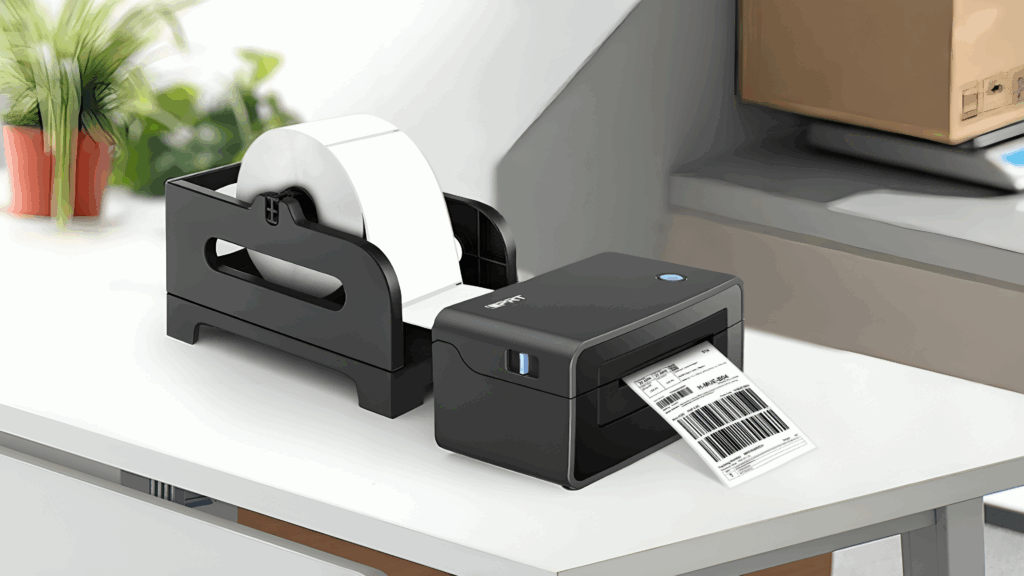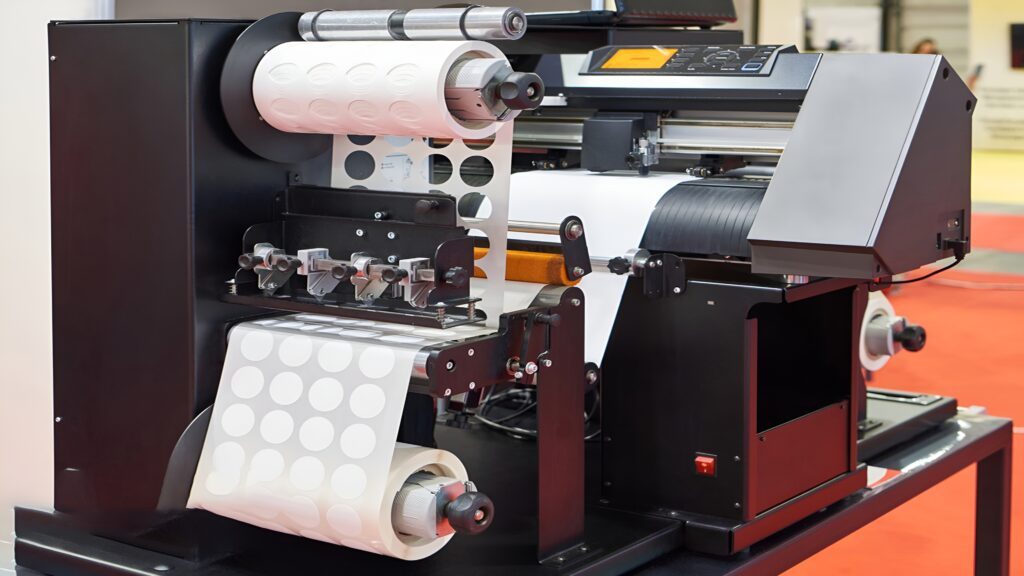Self-adhesive labels—also known as pressure-sensitive labels or instant labels—are widely used across multiple industries due to their convenience, durability, and compatibility with various materials. These labels are typically made from paper, film, or specialty substrates, coated with adhesive on the back and protected with silicone-coated release liners. After printing and die-cutting, they become the finished labels seen in daily products and industrial applications.
This article explores the key industries that rely on self-adhesive labels and provides essential cold-weather usage guidelines, helping businesses avoid adhesive failure and ensure labeling efficiency during winter.
1. Packaging Industry: High-Demand and Fast-Moving Labels
Self-adhesive labels are indispensable in the packaging and transport sector. Common applications include:
- Shipping labels
- Postal parcel labels
- Letter and envelope labels
- Cargo identification labels
2. Commodity & Retail Industry: Price and Information Labels
In consumer goods, retailers rely heavily on self-adhesive labels for:
- Price tags
- Product information labels
- Shelf labels
- Barcode labels
- Pharmaceutical labels
These labels support high-speed printing and ensure clear, accurate product identification.

3. Chemical Industry: High-Durability & Chemical-Resistant Labels
Chemical product packaging often requires chemical-resistant labels that withstand solvents, oils, and harsh environments, including:
- Paint bucket labels
- Gasoline and engine oil labels
- Industrial solvent labeling
4. Electronics & Appliance Industry: Long-Lasting Technical Labels
Electronics require numerous durable self-adhesive labels for identification, warnings, and certifications, such as:
- Rating labels
- Instruction labels
- Warning labels
- Product identification stickers
These labels must demonstrate heat resistance, durability, and long-term adhesion.
5. Logistics Industry: Growing Demand for Variable Information Labels
With rapid growth in the logistics sector, the need for VLP (variable information printing) labels continues to rise. Applications include:
- Storage and warehouse labels
- Luggage tags
- Supermarket logistics labels
These labels support fast printing, scanning accuracy, and high volume usage.
6. Pharmaceutical Industry: High Standards for Safety and Clarity
Pharmaceutical packaging highly depends on medical-grade self-adhesive labels, as both manufacturers and consumers demand clearer, safer, and more informative packaging.
Applications include:
- OTC drug labels
- Prescription medication labels
- Instruction and dosage labels

Cold-Weather Usage: Essential Tips to Prevent Label Failure
During winter, many companies encounter issues such as label falling off, weak adhesion, and slippage. These problems are directly related to temperature effects on adhesive performance. Below are the four most important guidelines for using self-adhesive labels in cold environments.
1. Proper Storage: Avoid Low-Temperature Damage
Self-adhesive materials stored outdoors or in cold warehouses may suffer adhesive frost damage.
To restore proper adhesion:
- Store labels at 15°C or above for at least 24 hours
- Allow the adhesive to warm up slowly
- Prevent moisture and frost from affecting the liner or face stock
2. Suitable Processing Temperature for Printing & Die-Cutting
Low temperatures cause:
- Weakened adhesive strength
- Printing defects
- Label slippage during die-cutting
- Peeling during slitting
Recommended environments:
- Summer-grade materials: above 15°C
- Winter/transitional materials: 10–20°C
3. Correct Labeling Temperature for Strong Adhesion
Every self-adhesive material has a minimum labeling temperature (MLT). Below this temperature:
- Adhesion weakens
- Labels peel off easily
- Labels slip during application
Recommended labeling temperatures:
- Summer-grade: >15°C
- Winter-grade: 10–20°C
4. Pre-Conditioning Labels Before Use
In cold areas, labels may become cold-soaked during shipping. Even if applied in a warm environment, the adhesive may not recover in time.
Solution:
- Place materials in a warm room above the minimum labeling temperature
- Allow time for the adhesive to regain tack before processing or labeling
Ensuring Reliable Performance Across All Industries
Self-adhesive labels play a vital role across packaging, retail, logistics, pharmaceuticals, chemicals, and electronics. Understanding label material characteristics and applying correct winter usage guidelines can significantly reduce adhesive failures and improve labeling efficiency.
Whether you need durable labels, chemical-resistant labels, barcode solutions, or cold-resistant adhesive labels, choosing the right material and maintaining proper temperature controls are essential to ensuring optimal performance.


